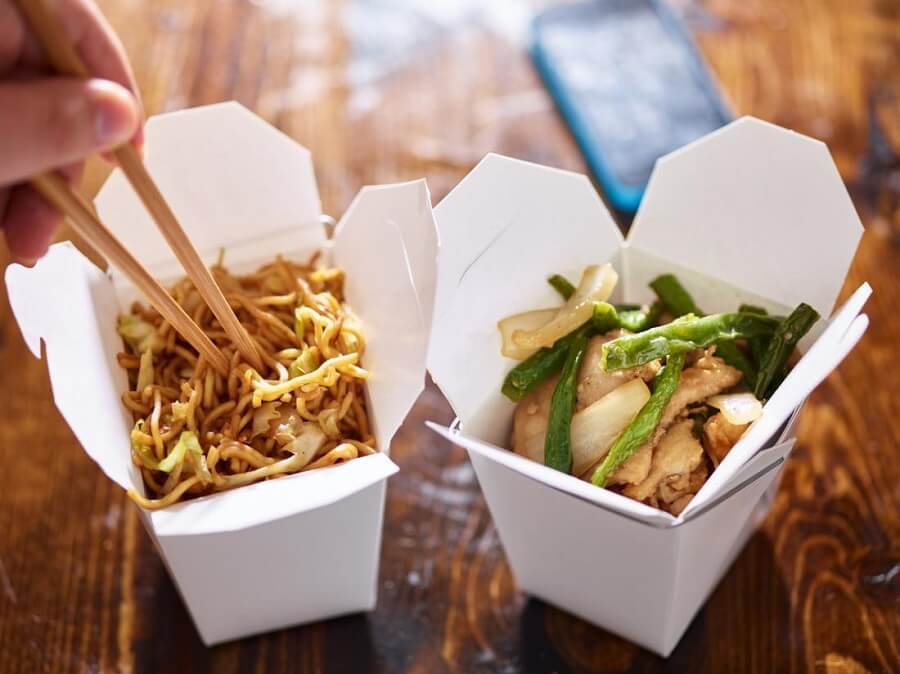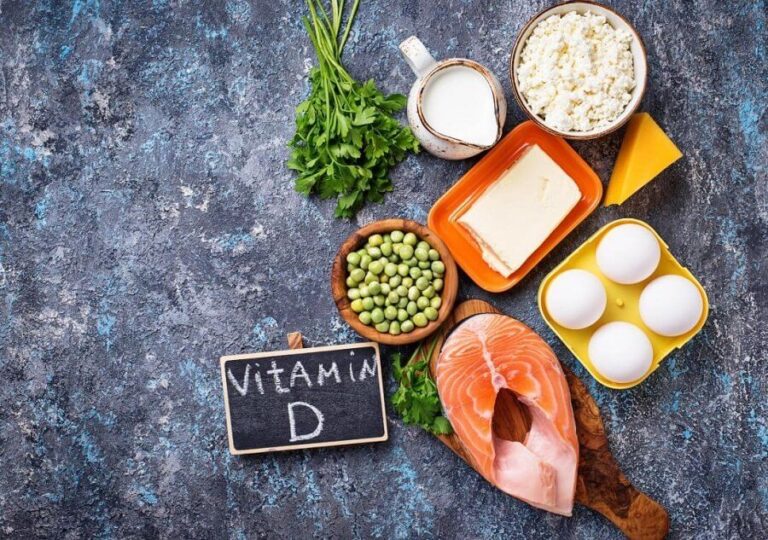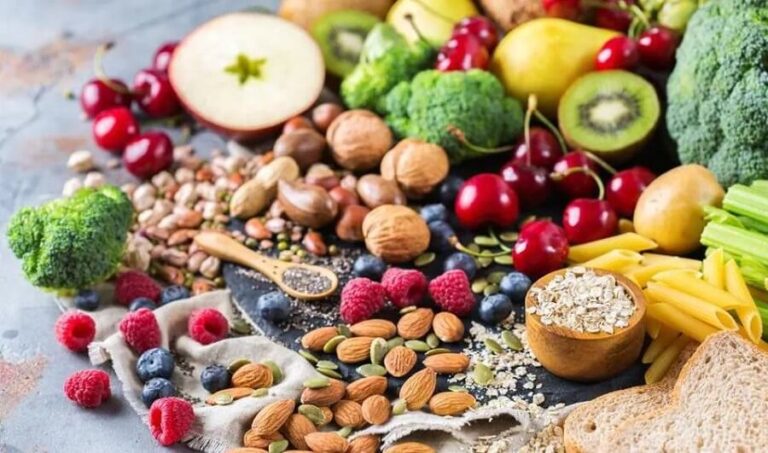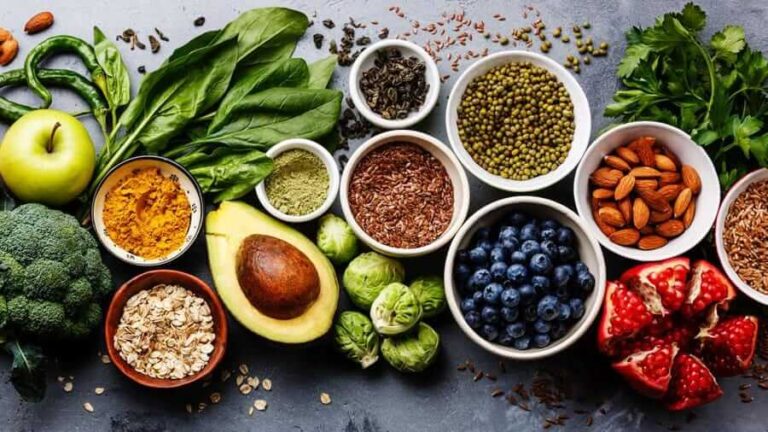Monosodium or sodium glutamate is an additive that is widely used in the food industry. It may be listed as MSG, flavor enhancer, or E621 on the labels.
It is estimated that the average person ingests 0.3 – 1.0 g of sodium glutamate per day. (7)
Recent research has suggested that monosodium glutamate can cause alterations in the desire to eat and liver and kidney damage. (6,9,10)
This article defines what monosodium glutamate is and its side effects and contraindications with scientific evidence.
Monosodium Glutamate: What is it?
Monosodium glutamate (MSG) is the sodium salt of glutamic acid, one of the most abundant non-essential amino acids of natural origin.
Glutamate is naturally found in tomatoes, grapes, cheese, mushrooms, and meats. Monosodium glutamate is used in cooking and industry as a flavor enhancer. The additive gives the typical umami flavor and intensifies food taste.
Sodium glutamate may be listed in the ingredient list under Highlighter, Flavor Enhancer, MSG, or E621.
Why is monosodium glutamate a flavor enhancer?
Studies state that one of the effects of sodium glutamate is to stimulate the central nervous system in mammals. (1,6,7)
The first contact with glutamate occurs during the lactation stage in breast milk. This is believed to be one of the reasons why it is considered a flavor enhancer.
Another theory is that humans have developed a better perception of umami-flavored foods for evolutionary reasons because of their relationship to protein foods.
Monosodium Glutamate – Side Effects and Contraindications
Recent research has confirmed that the excessive consumption of glutamate causes disorders in metabolism.
When a person consumes high amounts of sodium glutamate, it changes adults’ blood sugar and triglyceride levels. (6,7,10)
Two studies published in the World Journal of Pharmaceutical Sciences have confirmed a trend toward overweight and obesity when large amounts of sodium glutamate are included in meals. (6.7)
In studies, when the monosodium glutamate concentration exceeded 3 g, the body mass index increased in just seven days.
In addition, a counterproductive relationship between glutamate and proper liver and kidney function has been confirmed. One of the effects appears to increase transaminase levels in the bile and induce apoptosis in the kidney. (7,10) The side effects of an excess of monosodium glutamate are:
- Increased body weight
- Increase in bad high cholesterol (LDL) and triglycerides
- Kidney damage
- Liver impairment
- Allergies and skin rashes
Does monosodium glutamate give you a headache?
Years ago, thousands of severe headaches were reported after eating at Chinese restaurants. The scientific community has taken action on the matter and has tried to decipher what the problem was.
In particular, an attempt was made to determine if the cause is the high concentrations of monosodium glutamate in the dishes.
After more than 40 years of research, it has not been possible to confirm that MSG causes headaches. The correlation between the amount of MSG and the symptoms of Chinese food syndrome was very low. (3.7)
More recent studies have not yet figured out the reason for the severe headaches. Those responsible for the investigations suggest continuing to evaluate the formulas of the Chinese dishes until deciphering what the problem is.
How much monosodium glutamate can you eat per day?
Monosodium glutamate in low concentrations is not a toxic additive. Studies and reputable organizations such as the FDA confirm that it is a safe additive for health in amounts less than 0.5 g per day. (9)
However, when a person eats more than 3 grams per day of sodium glutamate, it can be a health problem. The side effects are enhanced if combined with fast food, fried foods, and greasy foods.
In industrial foods of Chinese origin (for example, the typically packaged soups), glutamate is the additive that gives it a characteristic flavor. This type of food is also usually high in trans fat and salt. Avoiding them is a basic rule of thumb for healthy eating.
Glutamate foods: natural vs. synthetic
Glutamate is found naturally in meats, seafood, mushrooms, caviar, ikura, tomatoes, seaweed, and many other ingredients of Asian food.
Synthetic monosodium glutamate is used to manufacture snacks, chips, crackers, pasta, soups, instant purees, and broths. If we stop for a second to think about the taste of these foods, can’t we find something similar? Sure, the famous monosodium glutamate flavor.
In addition, monosodium glutamate is used to produce sausages and industrial meat products. Without this magical additive, said food group would not have that particular flavor.
The WHO has classified processed meat products as a type 1 carcinogenic food. (8) In other words, they significantly increase the likelihood of cancer. Falling into the temptation of the taste of sodium glutamate in these types of foods can have adverse effects on health.
History of monosodium glutamate
Monosodium glutamate was first synthesized in 1908 by the Japanese biochemist Kikunae Ikeda. (2) The scientist discovered it by trying to duplicate the tasty flavor of kombu, an edible seaweed used as the base for many Japanese soups.
Today sodium glutamate is widely used in the food industry. The US Food and Drug Administration (FDA) considers it safe in moderate amounts.
Monosodium glutamate in the industry
Packaged, canned foods lose their natural flavor strength over time. Monosodium glutamate is added so that a person does not notice these effects.
Packaged foods can have up to 10 g / kg in the US. In some European countries, a quantity ten times smaller is allowed.
Sodium glutamate is generally used in industry to enhance the flavor of meat-flavored foods. This additive can improve the flavor of cheese, chips, sauces, and even vegetarian and vegan burgers.
How do we counteract the side effects of monosodium glutamate?
Research suggests at least three effective compounds to counteract the possible effects of MSG in the body. These are: vitamin C, vitamin E, and quercetin.
Including foods rich in vitamin C helps protect against the possible oxidative effects of MSG on the kidney. (eleven)
Just as some studies suggest that including foods with vitamin E and 10 mg of quercetin is a possible solution to counteract the potential effects of glutamate on the liver. (7)
ABSTRACT
- Monosodium glutamate is an additive used in the industry to enhance food flavor.
- Eating less than 0.5 g per day is considered safe for health.
- The side effects of an excess of sodium glutamate are weight gain and kidney and liver disorders.
- Glutamate is an amino acid that occurs naturally in meat, fish, cheese, and tomatoes.
- Science has not been able to confirm the relationship between MSG and headaches. This is known as the Chinese food syndrome.



![Basal metabolic rate [BMR] What is it and how to calculate it? – Formula](https://nutritionustad.com/wp-content/uploads/Basal-Metabolic-Rate-768x480.jpg)



